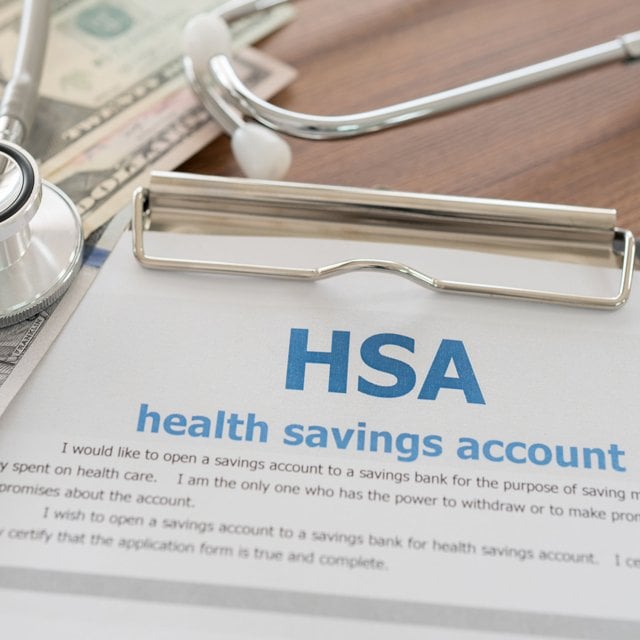The Best HSAs for Spending and Investing: Morningstar
How Morningstar Evaluated HSA Providers
Morningstar evaluated both the biggest and most popular HSAs available to individuals and smaller ones that merit attention. In its report, it did not include employer-provided HSAs as fees in those plans tend to vary, making comparisons difficult. Morningstar's analysts evaluated the providers as spending accounts to cover current medical costs, and as investment accounts to save for future medical expenses, scoring both account types on a five-point scale: high, above average, average, below average and low. Three factors can drive the quality of HSA spending accounts: interest rates, maintenance fees and additional fees. Morningstar analysts evaluated spending accounts along two dimensions, giving maintenance fee a 70% weighting and interest rates a 30% weighting. They summed each category score to arrive at an overall score, which they then used to rank the providers. In assessing HSA investment accounts, analysts prioritized low, transparent fees; sound investment menus that sidestep questionable asset classes and limit overlapping positions; high-quality investment strategies that earn Morningstar medalist ratings of Gold, Silver or Bronze; and no required spending account balance in order to invest. They scored each investment account on price, giving the category a 40% weighting; and on menu design, quality of investments and investment threshold, giving each a 20% weighting. They then weighted and combined each category score to arrive at an overall score and rank the providers. In its evaluation of each provider, Morningstar assumed a $2,500 spending account balance and a $14,000 investment account balance for ease of comparison, and noted providers whose fees increase or decrease for higher investment amounts. See the gallery for the best providers for HSA spending and investing accounts. In the spending category, additional fees scores are listed, but were not considered in the overall assessments. In the investment category, a high assessment for investment threshold indicates no investment threshold, while a low assessment indicates an investment threshold of $2,000 or higher.
© Touchpoint Markets, All Rights Reserved. Request academic re-use from www.copyright.com. All other uses, submit a request to [email protected]. For more inforrmation visit Asset & Logo Licensing.
Featured Resources
View All
Sponsored by Axos Advisor Services
Integrated Banking Solutions: How To Enhance Client Services and Grow Your Business

Sponsored by Optifino
Three Macro Trends Impacting Long-Term Care: Trends, Solutions & Client Conversations

Sponsored by Vanilla
The Missing Piece: Why Advisors Who Skip Estate Planning are Failing Their Clients







